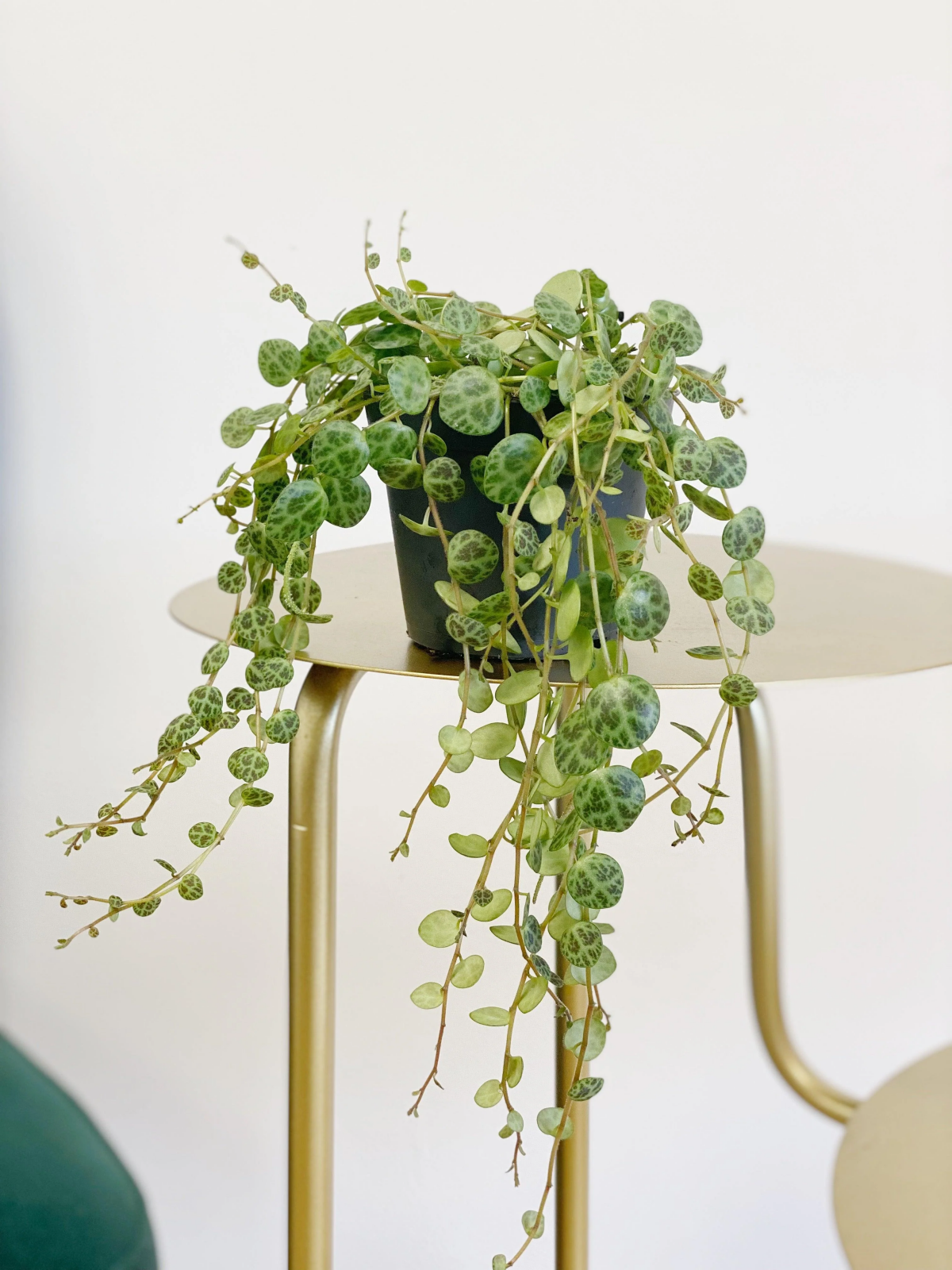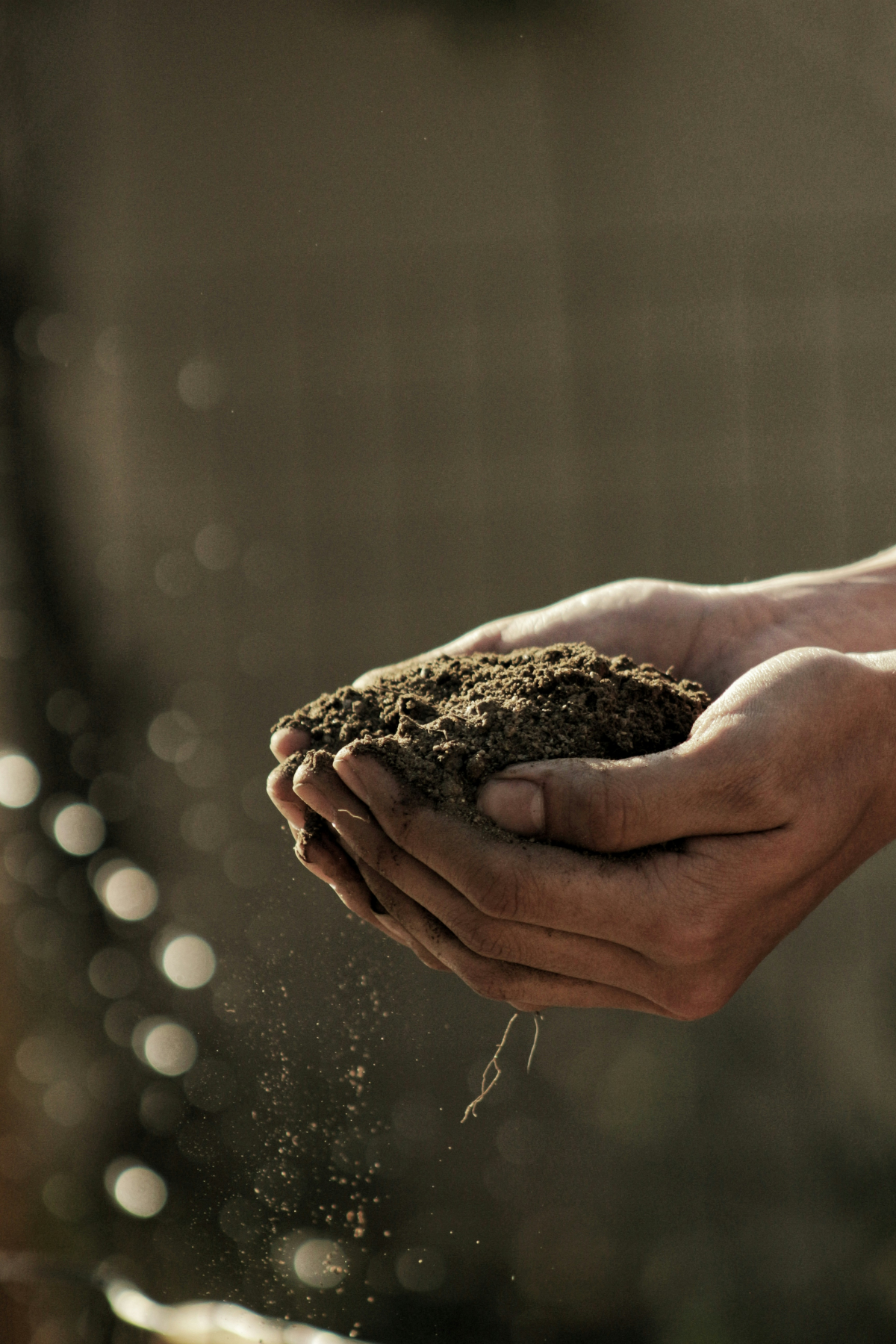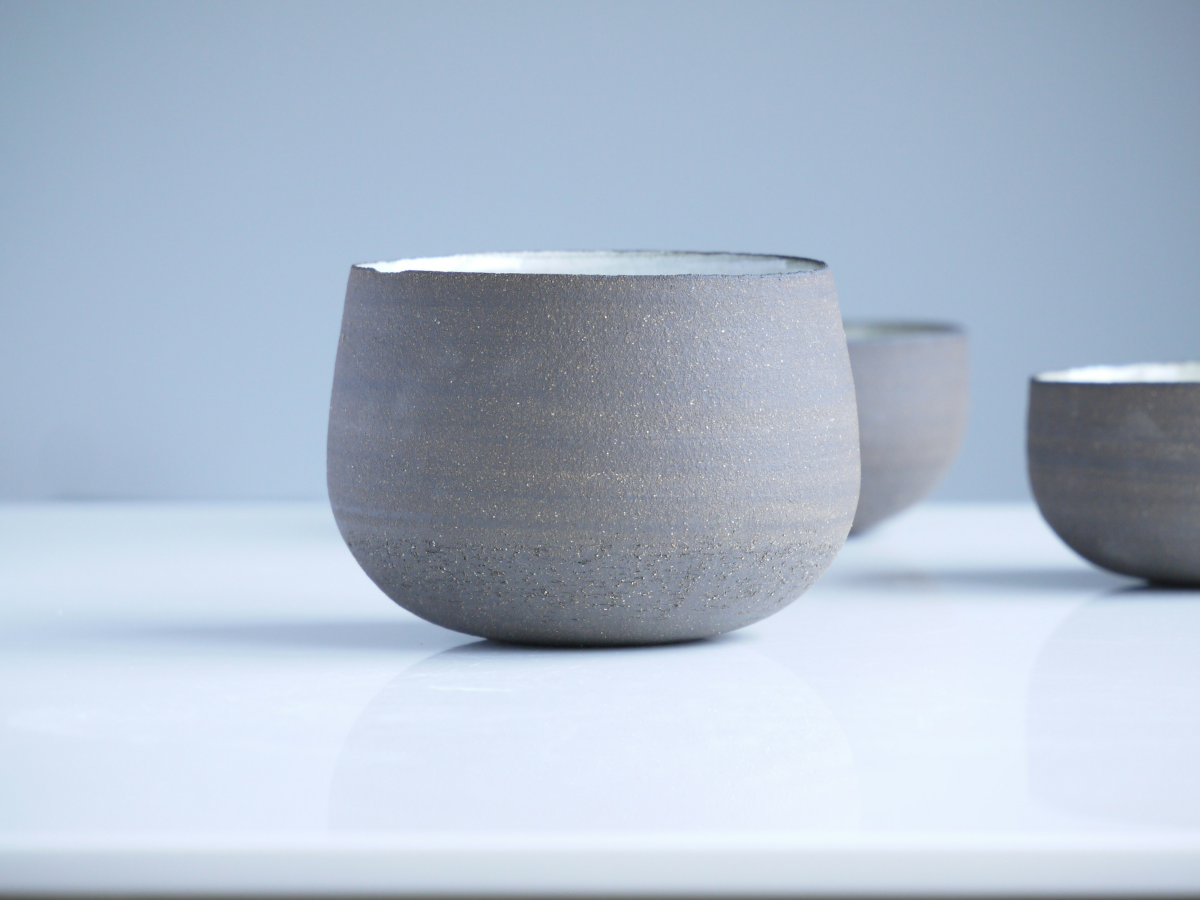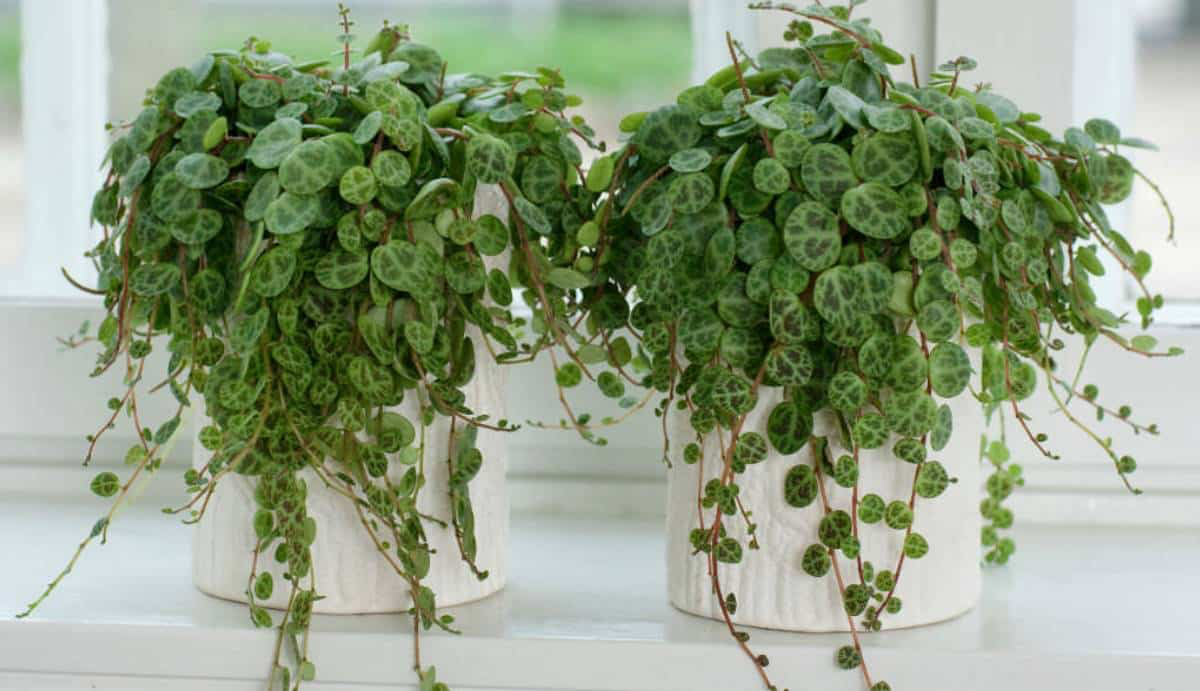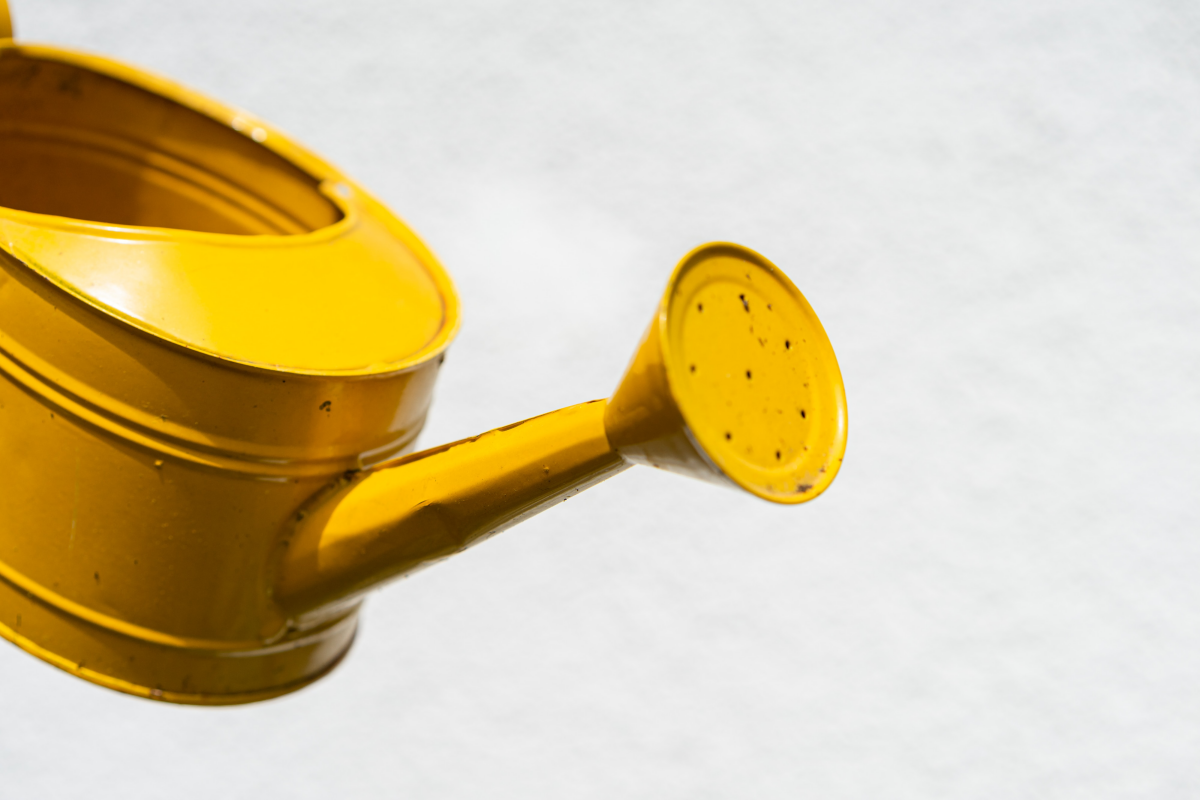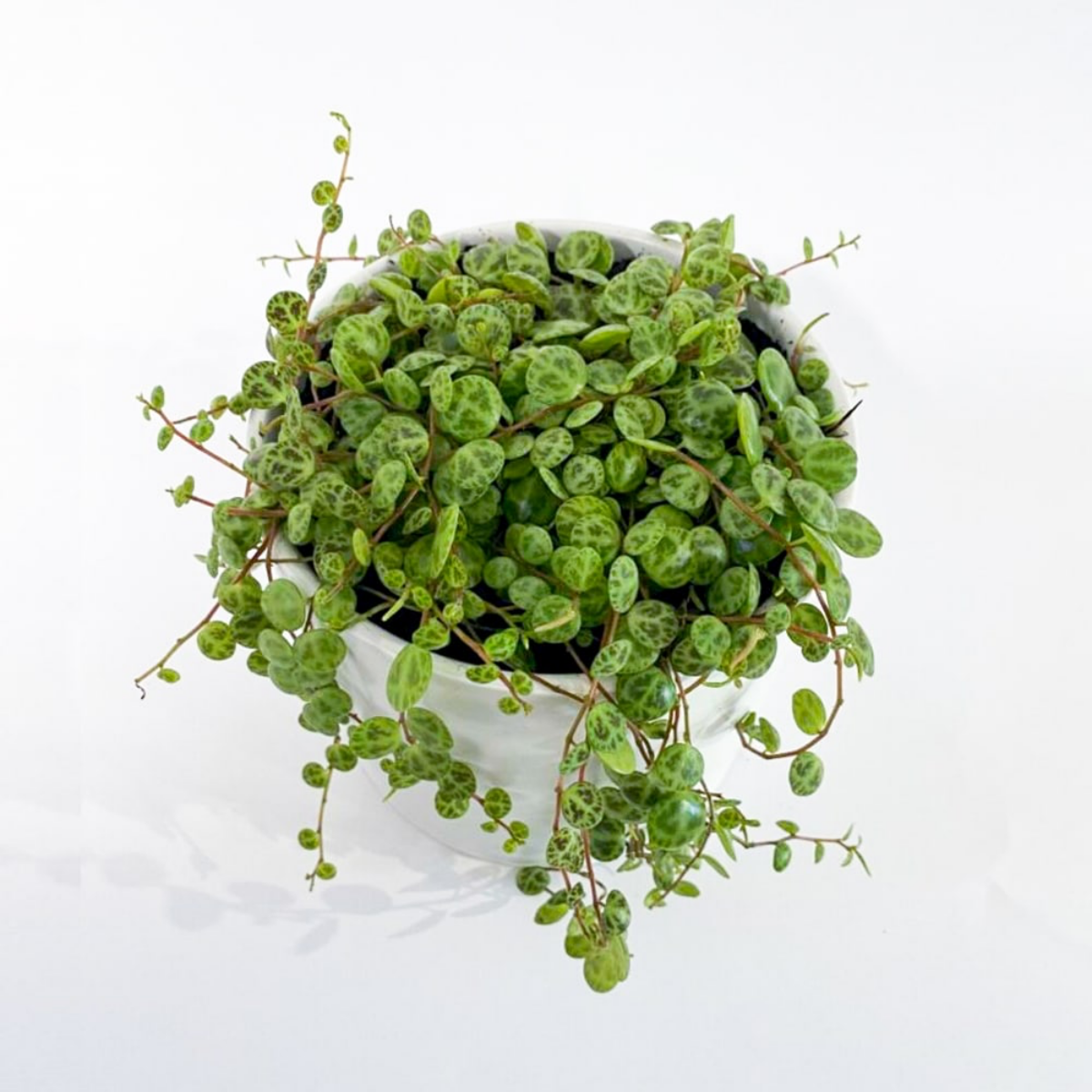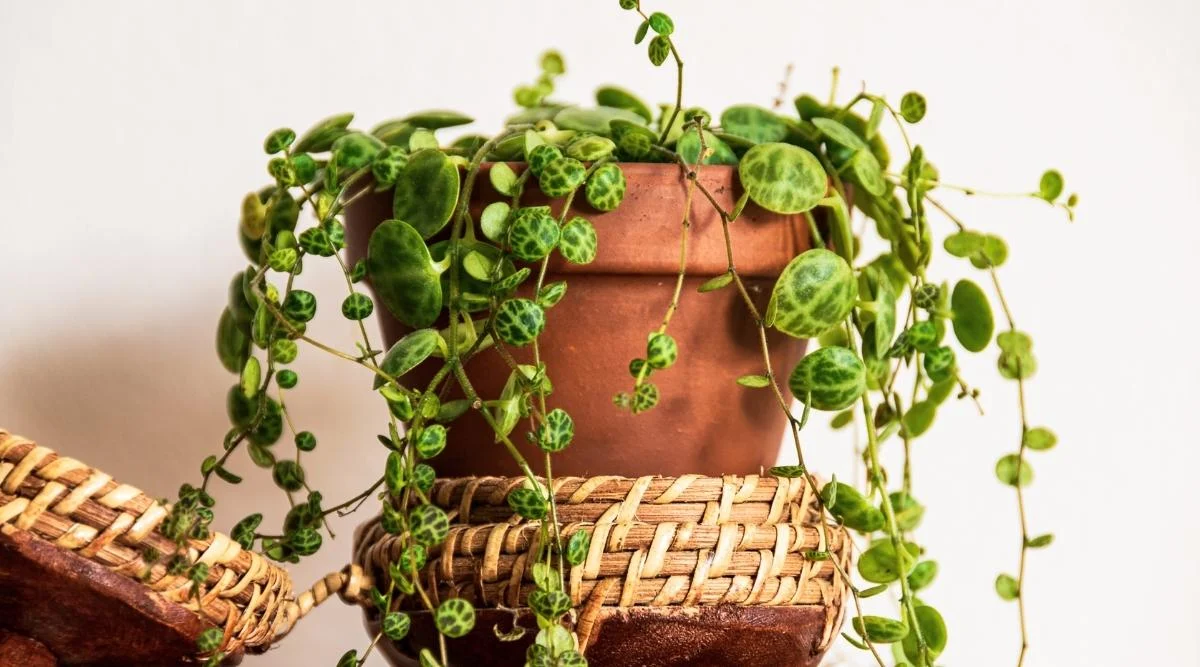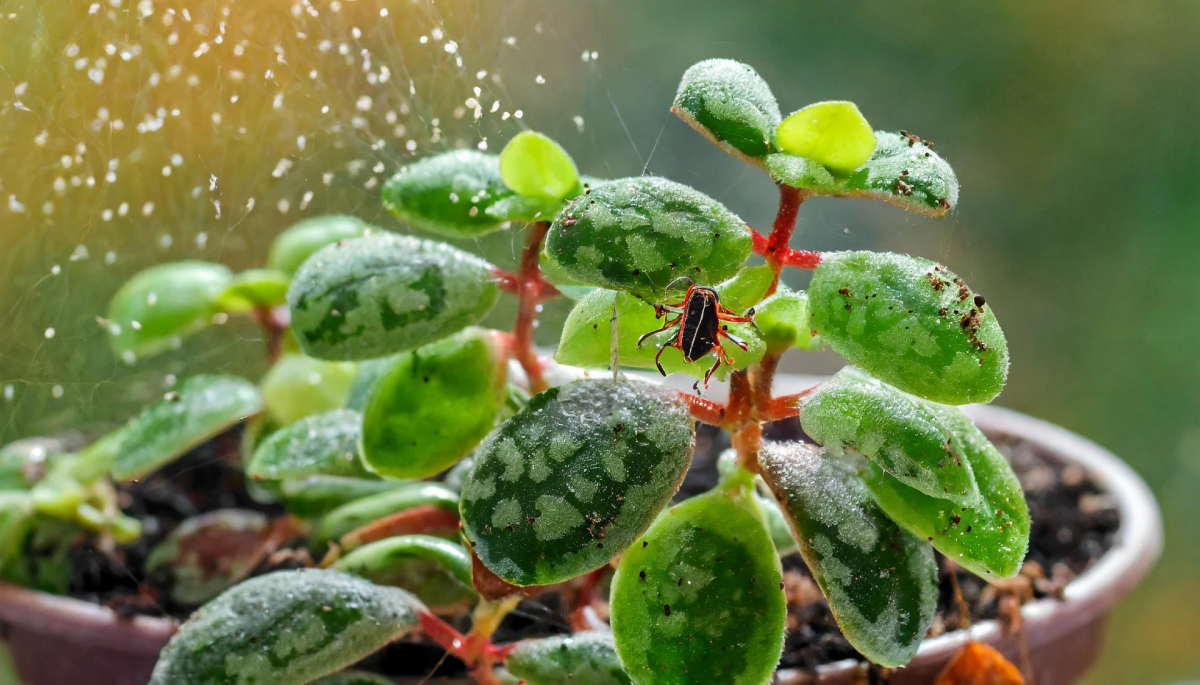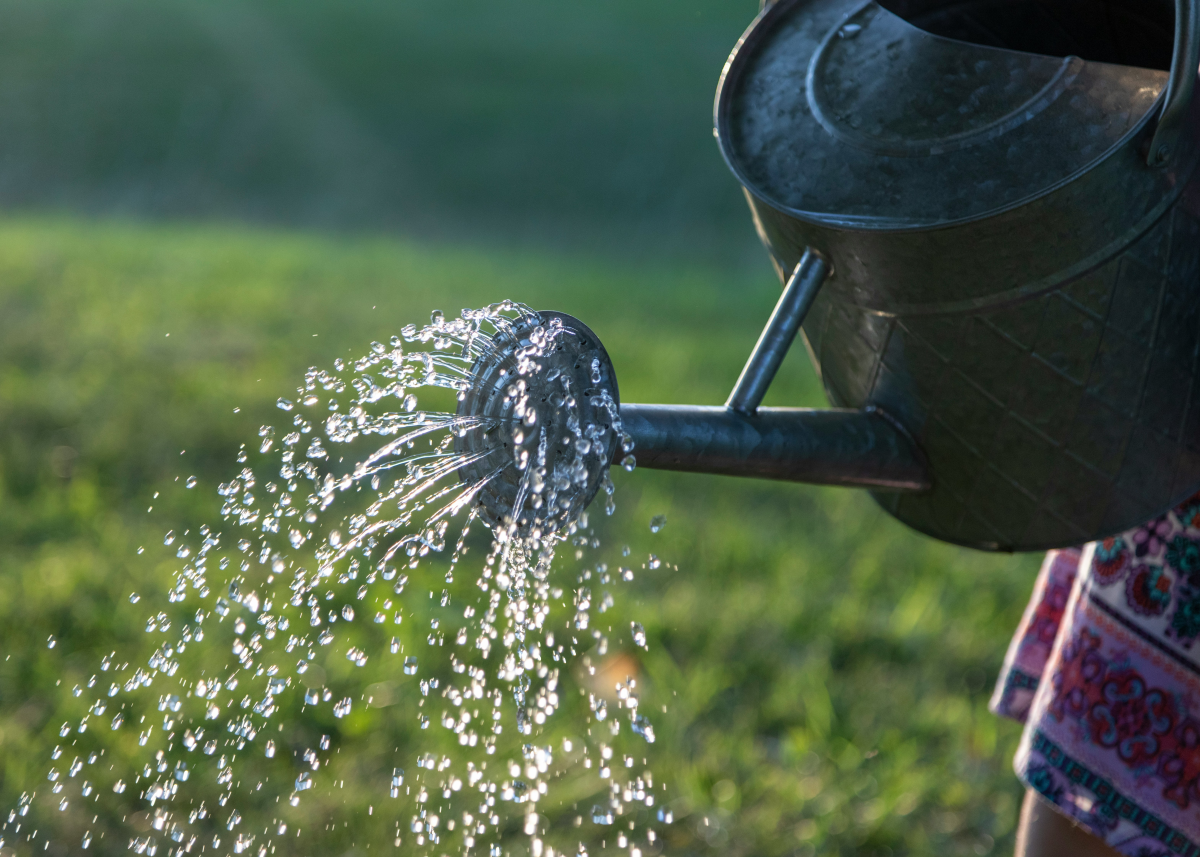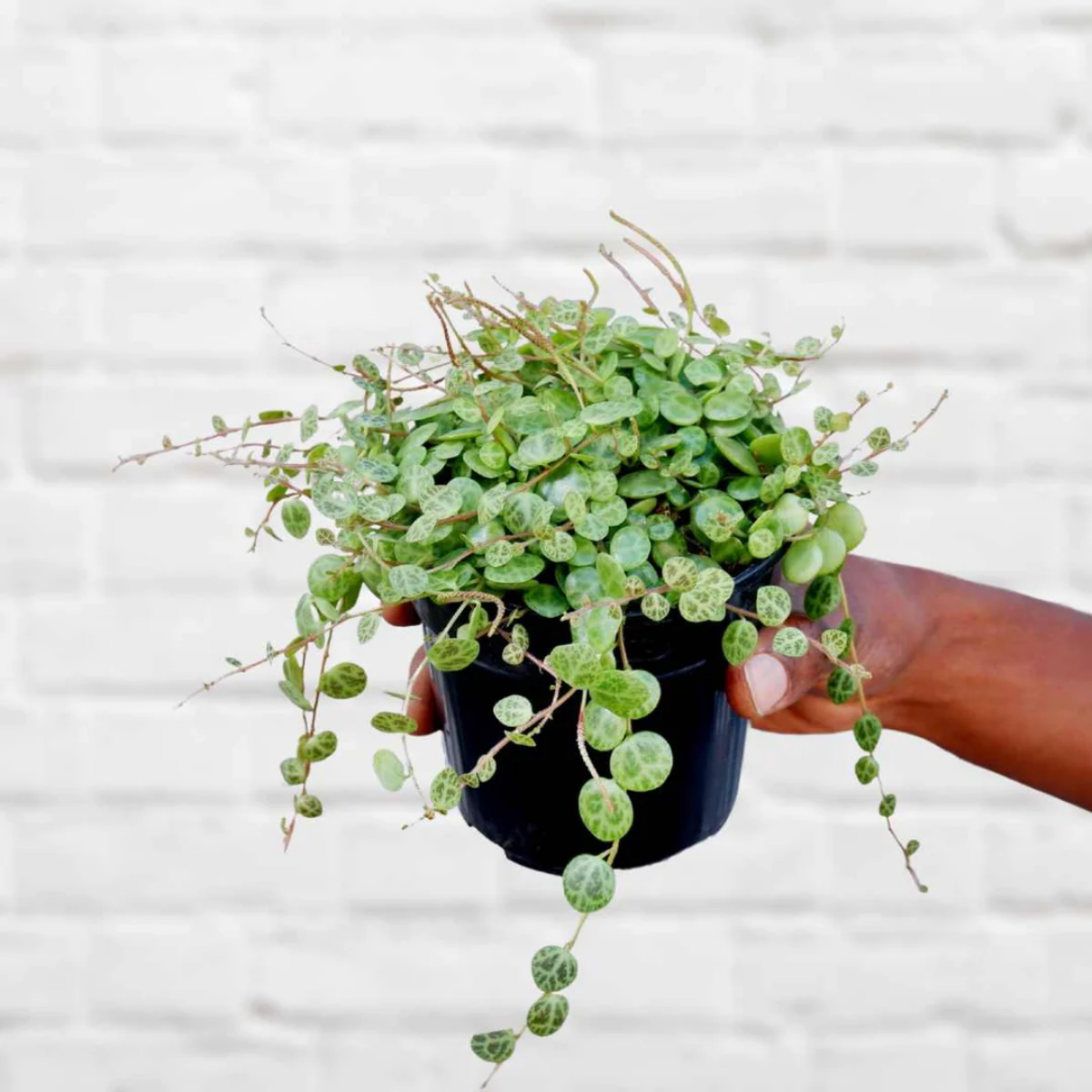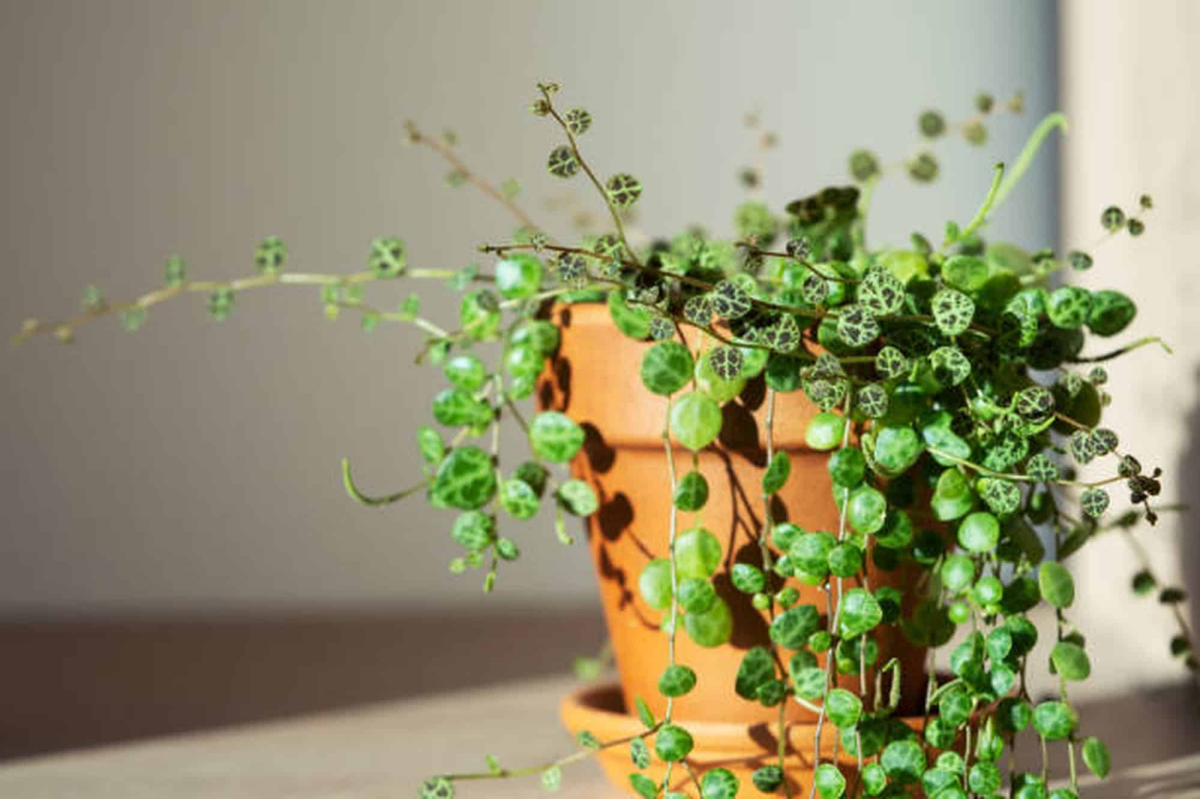The Ultimate Care Guide For A Thriving Turtle Plant
Embarking on the journey of cultivating a String of Turtles plant transcends mere gardening. It involves delving into nature’s intricate balance. This guide is crafted to meticulously navigate you through nurturing your turtle plant. It ensures the plant doesn’t merely survive; it thrives. The journey with a turtle plant is more than care. It’s an exploration that promises to enrich your gardening experience. Today, we’ll make sure you understand the specific care it needs. Through this comprehensive guide, you’ll learn everything you need to know about how to grow and care for the beautiful turtle plant.
Peperomia prostrata is a beautiful plant
In this article
How To Grow a Turtle Plant
The String of Turtles plant is scientifically known as Peperomia prostrata. It is a charming and unique houseplant cherished for its ornamental value. It originates from the rainforests of Brazil. This succulent-like vine is characterized by its small, round, green leaves patterned with intricate, turtle shell-like markings, giving it its common name. Its trailing vines make it an ideal choice for hanging baskets or as a decorative tabletop plant. The String of Turtles thrives in bright, indirect light and requires well-draining soil, making it a relatively low-maintenance plant. Its distinctive appearance and ease of care have made it a popular choice among plant enthusiasts.
The String of Turtles plant originates from the rainforests of Brazil
Soil
The right soil is pivotal for the growth of a turtle plant. Opt for a mix that’s rich in organic matter yet offers excellent drainage. A blend of peat, perlite, and compost creates an environment that mimics the turtle plant’s natural habitat, promoting robust root development and overall health. Ensuring the soil has a slightly acidic to neutral pH further enhances nutrient availability, crucial for the plant’s vitality.
Opt for a mix that has excellent drainage and is rich in organic matter
Choosing a pot
Selecting the appropriate pot is crucial for the turtle plant’s wellbeing. A pot with sufficient drainage holes at the bottom is essential to prevent waterlogging, which can lead to root rot. Consider a pot size that allows room for growth but is not overly large, as turtle plants thrive when their roots are somewhat contained. Materials like terracotta or breathable fabric pots are ideal as they allow air and moisture to move through the soil, keeping the roots healthy.
Look for a pot with sufficient drainage holes
Location
The ideal location for a turtle plant balances the need for light with protection from harsh conditions. Indoor plants thrive near north or east-facing windows, where they receive bright, indirect light. Outdoor plants prefer spots that offer partial shade, safeguarding them from the intense midday sun. A location that mimics the dappled sunlight of their natural environment encourages vibrant growth without the risk of scorching the leaves.
Put your plant near north or east-facing windows
Light
Turtle plants require bright, indirect light to flourish. Direct sunlight can scorch their leaves, while too little light can stunt growth and dull the plant’s vibrant color. A spot that receives filtered sunlight for most of the day is perfect. If natural light is limited, consider supplementing with grow lights. Positioning the plant where it can receive consistent but gentle light supports healthy development and leaf production.
Turtle plants don’t like direct sunlight
Temperature
Turtle plants prefer a warm environment, thriving in temperatures between 65°F and 85°F (18°C to 29°C). They can tolerate minor dips at night but should be protected from drastic temperature changes. Avoid placing your plant near drafty windows or doors and keep it away from heating vents and air conditioners. Consistent, moderate temperatures mimic the turtle plant’s tropical origins, promoting steady growth.
Do not put the plant near drafty windows or doors
Climate
Mimicking the turtle plant’s native tropical climate is key to its success. This means maintaining high humidity levels around the plant, ideally between 50% and 70%. In dry environments, use a humidifier or place a water-filled pebble tray beneath the pot to increase moisture in the air. Regular misting can also help, but be cautious not to overdo it, as excessive moisture on leaves can encourage fungal diseases. A warm, humid environment encourages lush, healthy growth and vibrant foliage.
This plant needs high humidity levels
How To Care For a Turtle Plant
Caring for a turtle plant requires a blend of attentiveness and understanding of its needs. Today, we will dive into the essential care practices that ensure your turtle plant not only survives but thrives within your care. From the optimal watering techniques that prevent root rot to the specific fertilization schedule promoting vibrant growth. Each section is crafted to demystify the care process. Additionally, you’ll learn how to combat common pests and diseases, ensuring your plant remains healthy. Propagation tips also allow you to expand your green oasis. Embrace these insights to cultivate a thriving turtle plant, enhancing your indoor garden with its unique beauty.
Caring for a turtle plant requires is not as hard as you may think
Watering
Turtle plants prefer consistent moisture but are sensitive to overwatering. Allow the top inch of soil to dry out before watering again thoroughly. This method encourages deep root growth and prevents issues like root rot. Water less frequently in winter when the plant’s growth slows. Use lukewarm water to avoid shocking the plant’s roots, ensuring a gentle soak that reaches the entire root system. Drainage is key; ensure excess water can escape the pot to avoid soggy soil conditions, which can be detrimental to the plant’s health.
Be careful to not overwater your plant
Fertilizing
Turtle plants benefit from regular fertilization during their active growth periods in spring and summer. Use a balanced, water-soluble fertilizer diluted to half the recommended strength every 4-6 weeks. This provides the nutrients needed for steady growth without overwhelming the plant with excess chemicals, which can lead to nutrient burn. In fall and winter, reduce fertilization as the plant enters a dormant phase. This tailored feeding schedule supports vibrant foliage and healthy development, catering to the turtle plant’s specific nutritional needs.
Turtle plants need regular fertilization during spring and summer
Pruning
Regular pruning helps maintain the shape of your turtle plant and encourages fuller growth. Trim back leggy stems and remove any yellowed or damaged leaves using clean, sharp scissors. This not only improves the plant’s appearance but also promotes healthier, bushier growth. Pruning in early spring before the growth season begins can rejuvenate an overgrown plant, stimulating new development. Always sterilize your pruning tools before use to prevent the spread of disease.
Regular pruning helps your plant keep it’s beautiful shape
Common pests
Turtle plants can attract pests like spider mites, aphids, and mealybugs. These pests typically attack weakened plants, so maintaining plant health is a first line of defense. Regularly inspect your plant for signs of infestation, such as sticky residue or webbing. If pests are detected, treat the plant with insecticidal soap or neem oil, applying it according to product instructions. Isolating the affected plant can prevent the spread of pests to other houseplants.
Regularly inspect your plant for signs of bugs
Diseases
Turtle plants are relatively disease-resistant but can fall victim to fungal infections if conditions are too moist. Overwatering and poor air circulation are common culprits, leading to root rot or leaf spot diseases. To prevent these issues, ensure proper watering practices and adequate airflow around your plant. If signs of disease appear, remove affected parts of the plant immediately and adjust care as needed. In severe cases, fungicides may be used, but improving care conditions is often the best remedy.
These plants are pretty much disease-resistant
Propagation
Propagating a turtle plant can be done through leaf cuttings or division. For leaf cuttings, select a healthy, mature leaf and cut it into sections, each with a portion of the stem attached. Plant the cuttings in moist soil, ensuring the cut end is buried. Keep the soil lightly moist and in bright, indirect light until new growth appears. Division involves separating a mature plant into smaller sections during repotting. Each section should have roots attached and can be planted in its pot. Propagation is best done in the spring or early summer, giving new plants time to establish.
Keep the soil lightly moist
Common Turtle Plant Issues
Caring for a turtle plant involves navigating through a series of common issues that, if left unchecked, can hinder its growth and vitality. Understanding these challenges is crucial for any plant enthusiast looking to maintain a healthy and flourishing turtle plant. This guide will explore the most frequent troubles faced by turtle plant caretakers, including overwatering, underwatering, sunlight discrepancies, and slow growth. By identifying these issues early and implementing the correct remedies, you can ensure your turtle plant thrives.
Every plant has some common problems you will need to address
Overwatering
Overwatering is a prevalent issue that can lead to root rot, a condition detrimental to turtle plants. Symptoms include yellowing leaves, a mushy base, and a general lack of vigor. This often results from a well-meaning but excessive watering routine or poor drainage in the pot. To remedy this, allow the topsoil to dry out between waterings and ensure your pot has adequate drainage holes. If root rot has set in, you may need to repot the plant, trimming away any rotten roots and using fresh, well-draining soil.
Overwatering is a really common issue
Underwatering
Turtle plants will also suffer from underwatering, evident through droopy, dry leaves, and stunted growth. This issue arises when the plant doesn’t receive enough moisture to sustain its needs, often due to infrequent watering or environmental factors that increase evaporation. Revive an underwatered plant by gradually reintroducing water, soaking the soil thoroughly but allowing excess water to drain. Establish a consistent watering schedule, adjusting as needed based on temperature and light conditions to prevent future dehydration.
Beware of underwatering as well
Sunlight issues
Insufficient or excessive sunlight can stress a turtle plant, leading to discolored leaves or scorch marks. Turtle plants prefer bright, indirect light; direct sun can overwhelm them, while too little light diminishes their vitality. If you notice signs of sunlight stress, adjust the plant’s location. A spot that receives filtered sunlight through a sheer curtain is ideal. Regularly rotating the plant can also ensure even light exposure, promoting balanced growth.
Turtle plants like bright direct light
Slow growth
Slow growth in turtle plants can be attributed to several factors, including inadequate light, improper watering, or nutrient deficiencies. Ensure your plant is positioned in a location with appropriate light and that you’re adhering to a proper watering routine. If slow growth persists, consider repotting into fresh soil or supplementing with a balanced, diluted fertilizer during the growing season. Regularly assessing your plant’s condition and adjusting care practices accordingly can help overcome growth stagnation and encourage healthy development.
There are many reasons your plant may be growing slowly
In conclusion, mastering the care of a turtle plant unlocks the joy of nurturing a unique piece of the natural world within your own space. By adhering to the guidelines outlined in this comprehensive care guide, from selecting the ideal soil and pot to understanding the nuances of watering, light, and temperature needs, you’re well-equipped to ensure your turtle plant not only survives but thrives. Embrace these practices with dedication and watch as your turtle plant flourishes, bringing a touch of nature’s beauty and tranquility into your home or garden.
A String of Turtles plant is a joy to have
